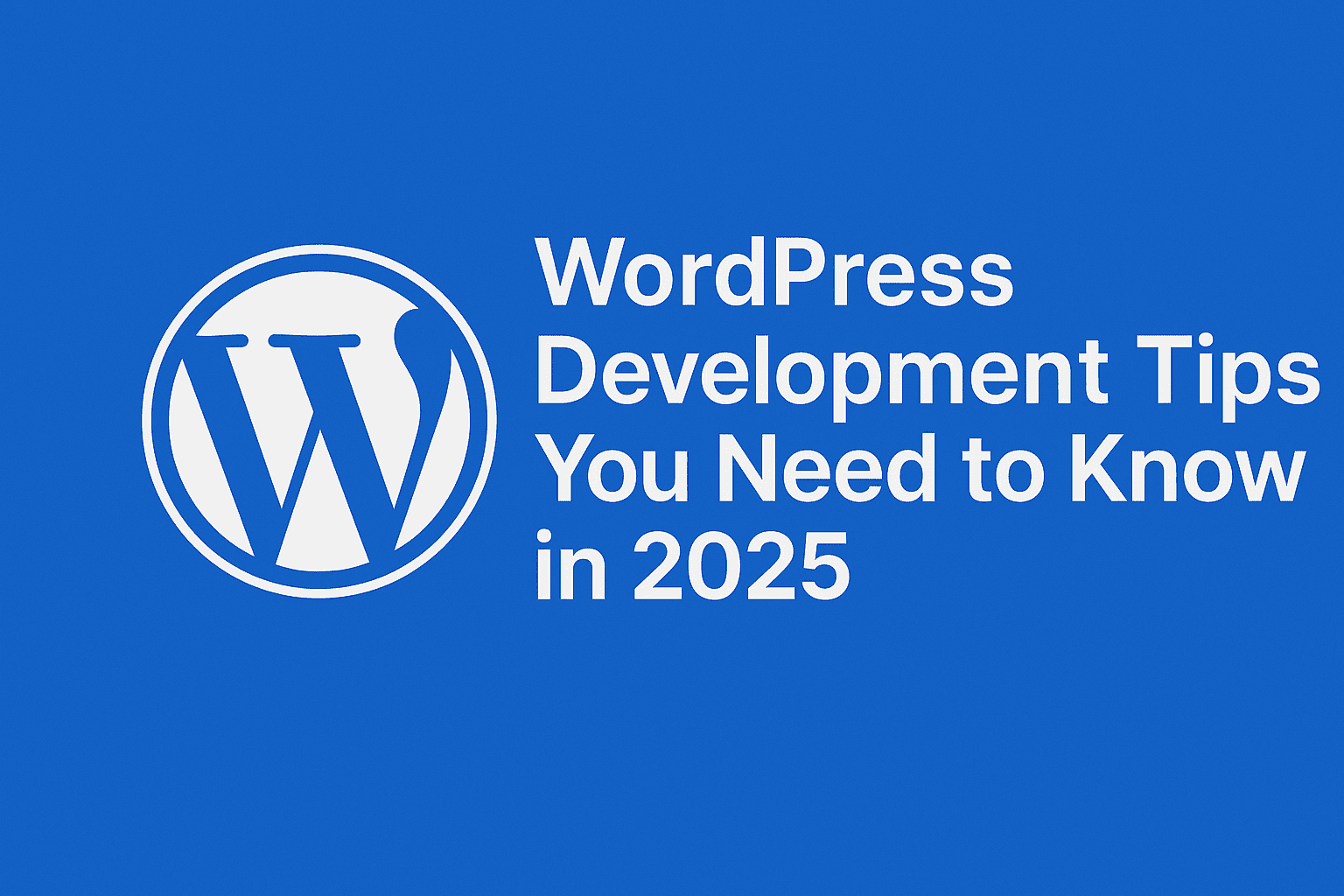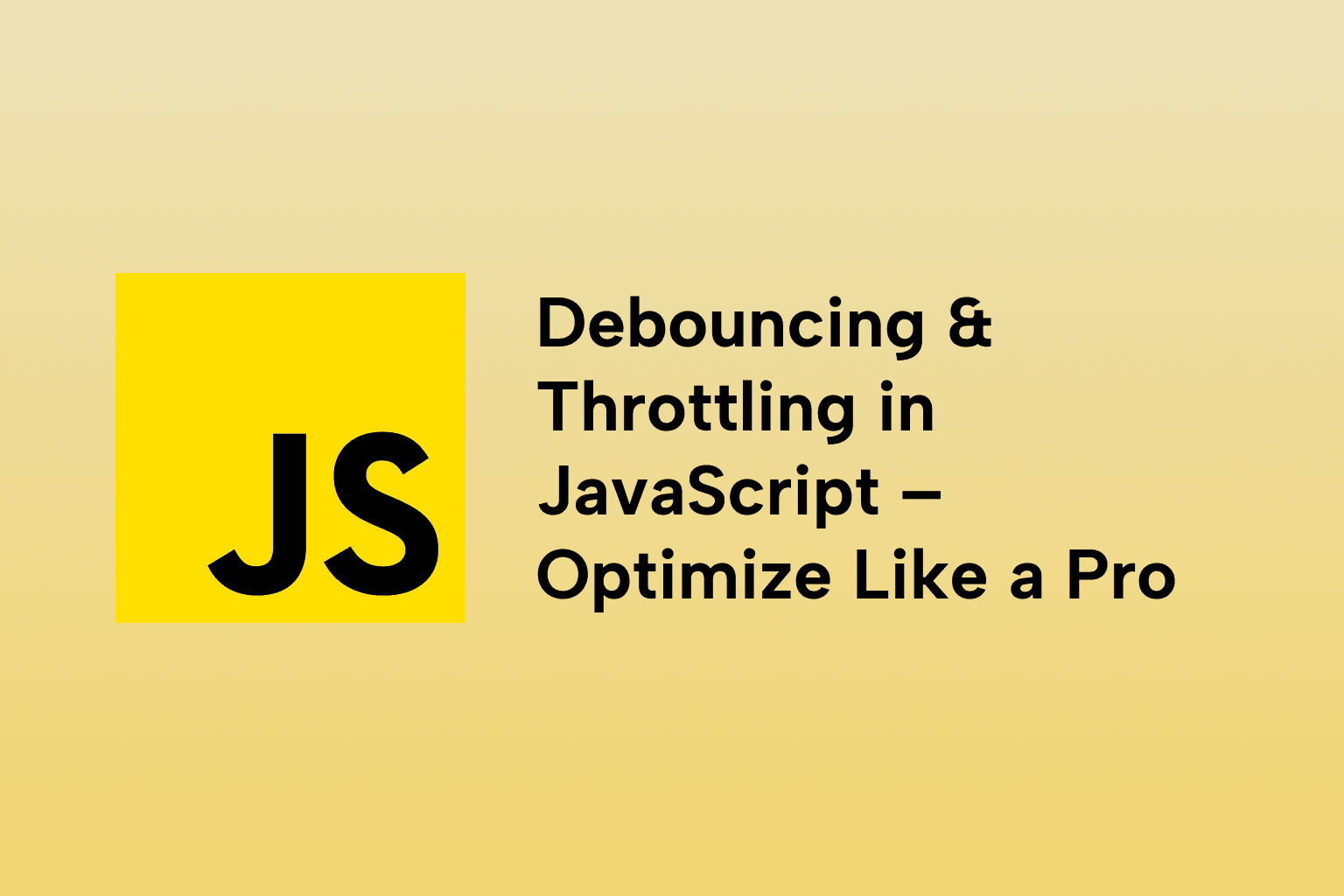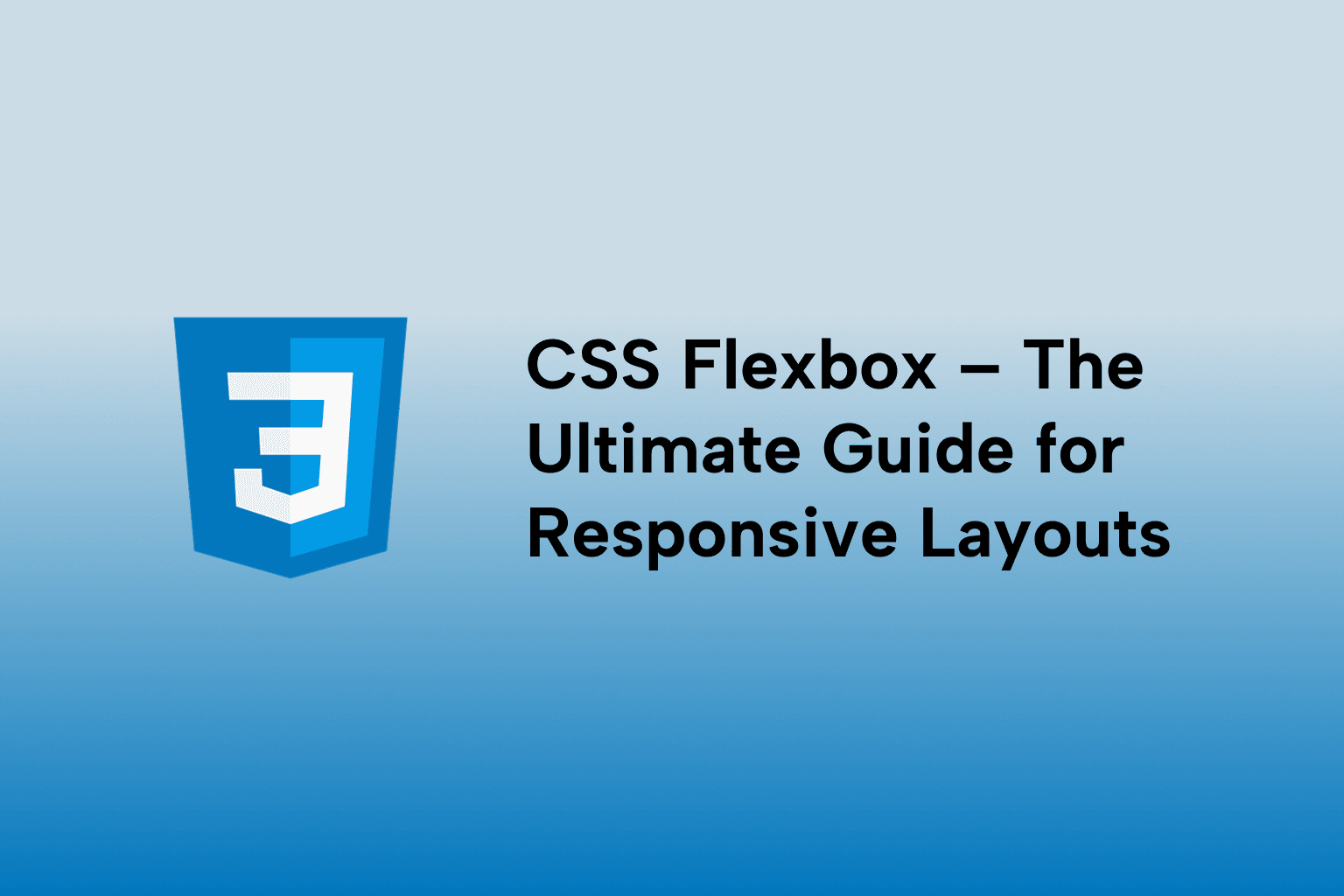WordPress Development Tips You Need to Know in 2025
 Lisa Simpson
Lisa Simpson
TABLE OF CONTENTS
Introduction
1 . Adopt Headless WordPress
2 . Use PHP 8+
3 . Embrace ES6+ JavaScript
4 . Build with Gutenberg Blocks
5 . Prioritize Core Web Vitals
6 . Enable Object Caching
7 . Use WP-CLI for Automation
8 . Secure Your Admin Panel
9 . Keep Plugins & Themes Updated
10 . Use Composer for Dependency Management
11 . Implement CI/CD
12 . Leverage ACF (Advanced Custom Fields)
13 . Clean Up Your Database
14 . Optimize Images with WebP
15 . Use a CDN
16 . Minify CSS & JS
17 . Use Theme.json for Global Styles
18 . Follow Accessibility Standards
19 . Use Custom Post Types & Taxonomies
20 . Monitor with Tools Like Query Monitor & New Relic
Introduction
WordPress powers over 40% of the web, and it's evolving fast. In 2025, developers need to adopt modern technologies, optimize for performance, follow security best practices, and embrace new WordPress features. Whether you're building themes, plugins, or full-fledged headless sites, these 20 tips will help you develop smarter, faster, and more scalable WordPress experiences.
1 . Adopt Headless WordPress
Separate the frontend from WordPress by using it solely as a content management backend. Use REST API or GraphQL (via WPGraphQL) to fetch content and display it using frontend frameworks like Next.js or Gatsby. This approach improves site speed, allows for modern UI development, and enhances scalability.
2 . Use PHP 8+
PHP 8 introduced JIT (Just-in-Time) compilation and better type safety. PHP 8.2 and 8.3 improve performance and security significantly. Update your codebase to use strict typing, union types, and named arguments to write more maintainable code.
3 . Embrace ES6+ JavaScript
Modern JavaScript (ES6+) features like arrow functions, destructuring, promises, and modules make your scripts more efficient and readable. Use Babel and Webpack to compile modern JS and maintain backward compatibility.
4 . Build with Gutenberg Blocks
The Block Editor is the future of WordPress. Create custom Gutenberg blocks using React, JSX, and the @wordpress/create-block package. Use block.json to register block metadata and enable Full Site Editing features.
5 . Prioritize Core Web Vitals
Google’s Core Web Vitals—LCP (Largest Contentful Paint), FID (First Input Delay), and CLS (Cumulative Layout Shift)—directly impact SEO. Optimize images, preload fonts, defer unused scripts, and use a fast theme to improve scores.
6 . Enable Object Caching
Reduce repeated database queries by implementing object caching with Redis or Memcached. Use plugins like W3 Total Cache or install Redis Object Cache to significantly speed up dynamic pages and admin panels.
7 . Use WP-CLI for Automation
WP-CLI is a command-line tool that allows you to manage WordPress installations. Automate recurring tasks like plugin/theme updates, backups, and database imports. Integrate WP-CLI into your CI/CD pipeline for powerful deployment scripts.
8 . Secure Your Admin Panel
Use security plugins like Wordfence or iThemes Security to monitor threats. Implement two-factor authentication (2FA), limit login attempts, and change the default /wp-admin path to reduce brute-force attack exposure.
9 . Keep Plugins & Themes Updated
Vulnerable plugins/themes are one of the most common entry points for hackers. Enable automatic updates or use a dashboard like ManageWP to monitor and update multiple sites efficiently.
10 . Use Composer for Dependency Management
Composer helps manage libraries and dependencies in a structured way. Use it to include plugins, frameworks, and other tools (like Carbon Fields or Timber) without manual copying. It keeps your codebase clean and version-controlled.
11 . Implement CI/CD
Use GitHub Actions, Bitbucket Pipelines, or GitLab CI to automatically lint, test, and deploy code. Set up deployment hooks to sync code with your staging or production server after every push, reducing downtime and errors.
12 . Leverage ACF (Advanced Custom Fields)
ACF allows you to create custom fields and content structures without touching the database directly. It’s a great way to add flexibility to your backend and front-end templates, especially when building complex websites.
13 . Clean Up Your Database
Over time, the WordPress database collects orphaned post revisions, spam comments, transients, and more. Use tools like WP-Sweep or WP-Optimize to clean up unused data and optimize your MySQL tables regularly.
14 . Optimize Images with WebP
WebP is a modern image format that reduces file sizes without losing quality. Use plugins like ShortPixel, Imagify, or native WordPress image support to serve WebP images for better load times.
15 . Use a CDN
CDNs (Content Delivery Networks) like Cloudflare, BunnyCDN, or KeyCDN store your static files (images, CSS, JS) on edge servers across the globe. This drastically improves asset delivery and load speed, especially for international traffic.
16 . Minify CSS & JS
Reduce file sizes by removing whitespace, comments, and redundant code in your CSS and JavaScript files. Use plugins like Autoptimize or W3 Total Cache to automate this, or handle it via your Webpack config.
17 . Use Theme.json for Global Styles
The theme.json file introduced in block themes allows you to define global settings like colors, typography, spacing, and layout in one place. This ensures design consistency and easier customization across your site.
18 . Follow Accessibility Standards
Make your site usable for everyone, including people with disabilities. Use semantic HTML, proper heading structure, alt attributes, and ARIA roles. Test with tools like Lighthouse, WAVE, or axe DevTools.
19 . Use Custom Post Types & Taxonomies
Extend WordPress beyond blogging by creating custom post types for portfolios, products, testimonials, etc. Use register_post_type() and register_taxonomy() to organize content semantically and improve usability.
20 . Monitor with Tools Like Query Monitor & New Relic
Install Query Monitor to debug slow database queries, PHP errors, and hook execution times. For enterprise sites, tools like New Relic or Datadog give deep performance insights to track uptime, server health, and real-time errors.

Lisa Simpson
WordPress Developer & Digital Content Manager
Lisa is a content strategist and WordPress specialist with years of experience creating engaging websites and managing online communities. She loves helping businesses grow through effective web design.




